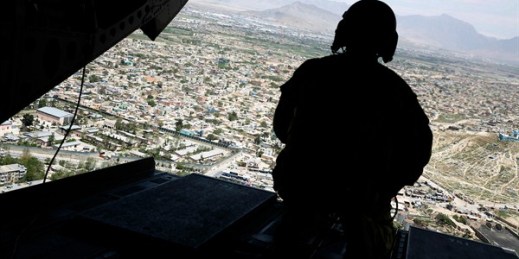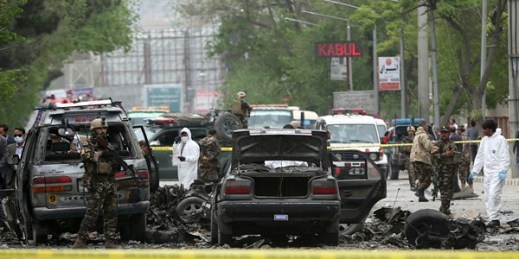
Earlier this week, Pentagon officials confirmed that Abdul Hasib Logari, the leader of the self-proclaimed Islamic State’s Afghan affiliate, had been killed in a joint U.S.-Afghan operation in eastern Afghanistan on April 27. That operation, in which two U.S. Army Rangers were also killed, followed an airstrike by U.S. forces in Afghanistan that dropped a GBU-43/B Massive Ordnance Air Blast Bomb, or “MOAB,” on an Islamic State tunnel complex. The bomb is one of the largest conventional weapons in the U.S. arsenal and represented a dramatic escalation of American operations against the Islamic State affiliate, known as the Khorasan Province. […]

